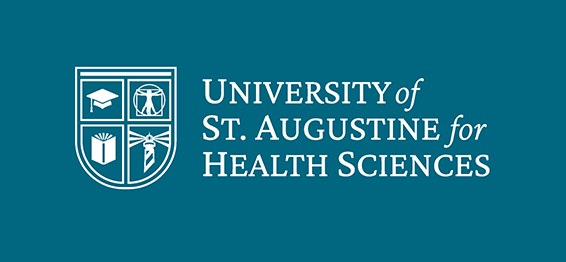Files
Download Poster (318 KB)
Description
Background and Purpose: The estimated prevalence of primary brain tumors in the US population is 14 per 100,000. GBM accounts for 50% of primary central nerve tumors in people older than 15 years old. Approximately 12,820 deaths each year are due to primary and nervous system tumors. There is limited research on the optimal interventions and effects of physical therapy on individuals diagnosed with GBM.1 The purpose of this case report was to determine which aspects of the International Classification of Functioning, Disability, and Health model are the most important to consider during physical rehabilitation and possible interventions that can be beneficial for patients diagnosed with GBM.
Case Description: The patient, a 50 y.o. male, was diagnosed GBM 8 mos prior. He had a history of falls that resulted in a visit to the Emergency Room which lead to the discovery of his medical diagnosis. The patient’s primary impairments include impaired balance, coordination deficits, right-sided muscle weakness, dysarthria, hyperreflexia, and decreased endurance. These impairments and activity limitations make it difficult for the patient to work and participate in community activities. Interventions were chosen to improve coordination, balance, and ambulation to reach his goals to increase independence and safety for activities of daily living (ADL).
Outcomes: The patient demonstrated improvements in mental/physical health as measured by the HRQOL-4 and BBS. During the initial evaluation, the patient indicated on the HRQOL-4 that within the last 30 days, he felt that his physical health was not good on 30 of those days and that his mental health was not good on 5 of those days. He reduced that number to 0 days at discharge. He also reported that within the last 30 days, 0 of those days he felt very healthy and full of energy. Upon discharge, he increased that number to 25. He also improved his BBS score from 18/56 to 26/56 to demonstrate a decreased risk for falls. With the 5xSTS, he improved from 46s to 19.5s. He also achieved his goal of ambulating 25 feet with FWW on level surfaces in order to improve his independence with household ambulation. The patient was discharged with the plan to continue coordination, balance, and endurance exercises at home.
Discussion: Functional Exercises were found to be more beneficial in managing musculoskeletal symptoms and activity/participation restrictions in people diagnosed with GBM. Those diagnosed with GBM have a high mortality rate with a life expectancy of only two years. There is a lack of research that has been conducted to establish the best rehabilitation practices. Therefore, the clinical decision making for the plan of care (POC) has to take into consideration the patient’s goal and maintaining/improving their QOL. In this case study, the patient’s goal was to increase independence, endurance, and efficiency with daily tasks. Our team utilized evidence-based research to create a POC that was “individualized, achievable, time-based, functional, and goal-oriented.”2 The interventions also challenged the patient’s cognitive abilities by dual-tasking for neural overlap.3 Research studies have found that functional therapeutic activities such as STS, balance, music with movement, and gait training are more beneficial in improving postural control, precise coordination, and performance of ADLs.6 Within three treatment sessions, the patient was more engaged in the exercises and optimistic about his outcome, QOL, and capabilities. Thus, the case study demonstrates the importance of physical activity in improving the QOL in patients with GBM.
Publication Date
Fall 12-13-2019
City
San Marcos, CA
Disciplines
Kinesiotherapy | Physical Therapy | Rehabilitation and Therapy
Recommended Citation
Nguyen, K.,
Reed, S.,
Rezaei, S.,
Rindge-Silvas, V.,
&
Bozzella, B.
(2019, December 13). A case study on the effects of functional exercises in improving quality of life (QOL) in a patient diagnosed with glioblastoma multiforme (GBM). Poster presented at the Campus Research Day Symposium, University of St Augustine for Health Sciences.
Retrieved from https://soar.usa.edu/casmfall2019/2
Nguyen, Kathy; Reed, Savonna; Rezaei, Sepehr; Rindge-Silvas, Vanessa; and Bozzella, Brianne, "A case study on the effects of functional exercises in improving quality of life (QOL) in a patient diagnosed with glioblastoma multiforme (GBM)" (2019). San Marcos, Fall 2019. 2.
Retrieved from https://soar.usa.edu/casmfall2019/2



Comments
Poster presented at the Fall 2019 Research Day on the San Marcos, CA, campus of the University of St. Augustine for Health Sciences, December 13, 2019.
References: